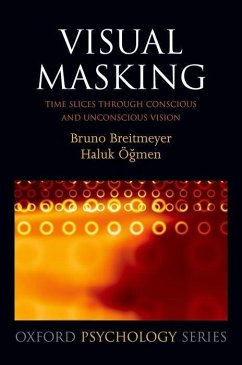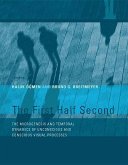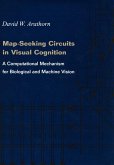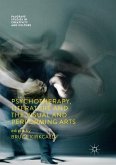Our visual system can process information at both conscious and unconscious levels. Understanding the factors that control whether a stimulus reaches our awareness, and the fate of those stimuli that remain at an unconscious level, are the major challenges of brain science in the new millennium. Since its publication in 1984, Visual Masking has established itself as a classic text in the field of cognitive psychology. In the years since, there have been considerable
advances in the cognitive neurosciences, and a growth of interest in the topic of consciousness, and the time is ripe for a new edition of this text.
Where most current approaches to the study of visual consciousness adopt a 'steady-state' view, the approach presented in this book explores its dynamic properties. This new edition uses the technique of visual masking to explore temporal aspects of conscious and unconscious processes down to a resolution in the millisecond range. The 'time slices' through conscious and unconscious vision revealed by the visual masking technique can shed light on both normal and abnormal operations in the
brain. The main focus of this book is on the microgenesis of visual form and pattern perception - microgenesis referring to the processes occurring in the visual system from the time of stimulus presentation on the retinae to the time, a few hundred milliseconds later, of its registration at conscious or
unconscious perceptual and behavioural levels. The book takes a highly integrative approach by presenting microgenesis within a broad context encompassing visuo-temporal phenomena, attention, and consciousness.
Hinweis: Dieser Artikel kann nur an eine deutsche Lieferadresse ausgeliefert werden.
advances in the cognitive neurosciences, and a growth of interest in the topic of consciousness, and the time is ripe for a new edition of this text.
Where most current approaches to the study of visual consciousness adopt a 'steady-state' view, the approach presented in this book explores its dynamic properties. This new edition uses the technique of visual masking to explore temporal aspects of conscious and unconscious processes down to a resolution in the millisecond range. The 'time slices' through conscious and unconscious vision revealed by the visual masking technique can shed light on both normal and abnormal operations in the
brain. The main focus of this book is on the microgenesis of visual form and pattern perception - microgenesis referring to the processes occurring in the visual system from the time of stimulus presentation on the retinae to the time, a few hundred milliseconds later, of its registration at conscious or
unconscious perceptual and behavioural levels. The book takes a highly integrative approach by presenting microgenesis within a broad context encompassing visuo-temporal phenomena, attention, and consciousness.
Hinweis: Dieser Artikel kann nur an eine deutsche Lieferadresse ausgeliefert werden.







